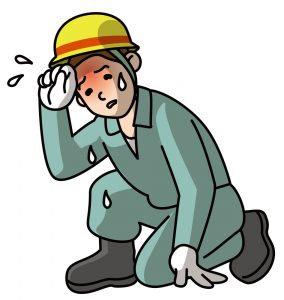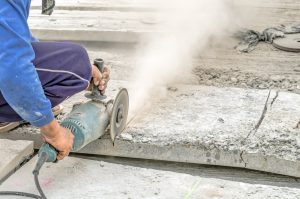As expected, OSHA proposed today to extend the compliance deadline from July 1, 2017 to December 1, 2017 for submission of electronic records under its new recordkeeping rule. This is not surprising as OSHA has yet to make the portal available to the public.
Public comments on the proposed extension may be submitted electronically at www.regulations.gov by July 13, 2017 which, of course, is past the current compliance deadline.
As a reminder, OSHA has stated that it will provide a secure website that offers three options for data submission. First, users will be able to manually enter data into a web form. Second, users will be able to upload a CSV file to process single or multiple establishments at the same time. Last, users of automated recordkeeping systems will have the ability to transmit data electronically via an API (application programming interface).
We will keep an eye on further developments but it’s probably a safe bet that regardless of the public comments received, the compliance date will be pushed back.
 Yesterday, American Airlines announced it cancelled approximately 45 regional flights due to intense summer heat in the Phoenix area and there were record highs recorded in the region. The intense heat waves serves as a good reminder that OSHA has guidance on addressing heat stress and employers may need to do more than simply offering employees a cold beverage or an extra rest period although certainly water, rest, and shade are some ways to prevent heat stress illnesses according to OSHA. In fact, OSHA launched a Heat Illness Prevention campaign in 2011 designed to educate employers and employees on the dangers of working in the heat and the phrase “water, rest, and shade” is OSHA’s tag line for the campaign.
Yesterday, American Airlines announced it cancelled approximately 45 regional flights due to intense summer heat in the Phoenix area and there were record highs recorded in the region. The intense heat waves serves as a good reminder that OSHA has guidance on addressing heat stress and employers may need to do more than simply offering employees a cold beverage or an extra rest period although certainly water, rest, and shade are some ways to prevent heat stress illnesses according to OSHA. In fact, OSHA launched a Heat Illness Prevention campaign in 2011 designed to educate employers and employees on the dangers of working in the heat and the phrase “water, rest, and shade” is OSHA’s tag line for the campaign. Ergonomics is the study of work. From an OSHA perspective, it is the process of designing the job to fit the employee, rather than forcing the employee’s body to fit the job. This process may include modifying tasks, the work environment, and equipment to meet the specific needs of an employee to alleviate physical stress on the body and eliminate potentially disabling work related musculoskeletal disorders (“MSDs”). The overall goal is to eliminate injuries and disorders associated with the overuse of soft tissues, e.g., muscles or tendons, awkward posture, and repeated tasks. Such common injuries include carpal tunnel syndrome, tendinitis, and other sprains and strains.
Ergonomics is the study of work. From an OSHA perspective, it is the process of designing the job to fit the employee, rather than forcing the employee’s body to fit the job. This process may include modifying tasks, the work environment, and equipment to meet the specific needs of an employee to alleviate physical stress on the body and eliminate potentially disabling work related musculoskeletal disorders (“MSDs”). The overall goal is to eliminate injuries and disorders associated with the overuse of soft tissues, e.g., muscles or tendons, awkward posture, and repeated tasks. Such common injuries include carpal tunnel syndrome, tendinitis, and other sprains and strains. On April 6, OSHA announced it has delayed implementation of its new rule for 90 days which, among other things, cuts in half the maximum allowable level of silica dust exposure in the construction industry. The new compliance deadline is now September 23, 2017. OSHA stated that the delay will provide more time to train inspectors and educate contractors and others regarding compliance issues associated with the rule. According to OSHA, approximately 2.3 million workers are exposed to silica in workplaces.
On April 6, OSHA announced it has delayed implementation of its new rule for 90 days which, among other things, cuts in half the maximum allowable level of silica dust exposure in the construction industry. The new compliance deadline is now September 23, 2017. OSHA stated that the delay will provide more time to train inspectors and educate contractors and others regarding compliance issues associated with the rule. According to OSHA, approximately 2.3 million workers are exposed to silica in workplaces.